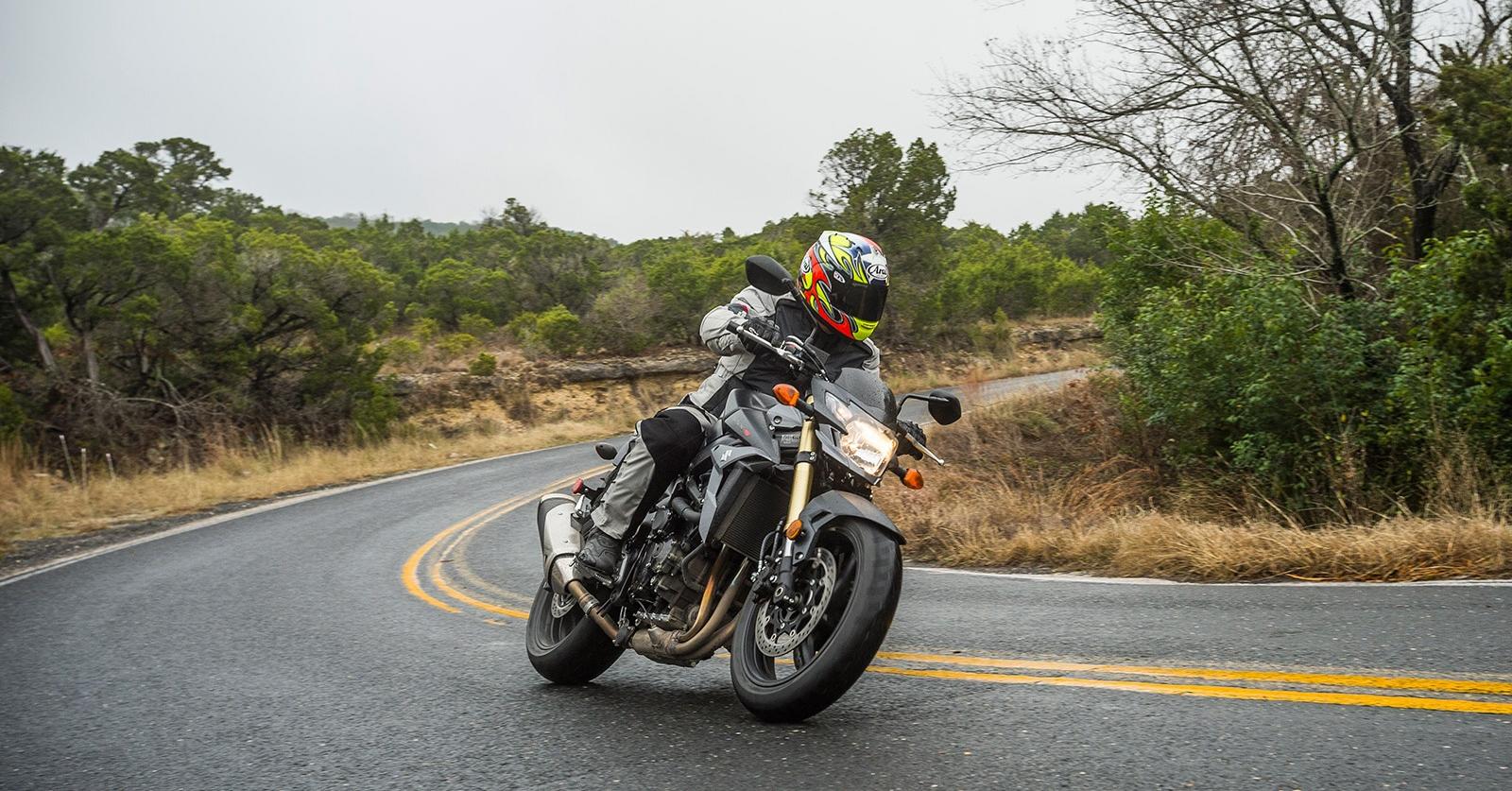Riding a motorcycle in the rain is less than ideal, but part of reality for most riders. It requires extra caution and skill to ensure safety on the road as rain can significantly reduce traction and visibility. It’s crucial for riders to take necessary precautions and adopt specific techniques to navigate wet conditions confidently. Whether you’re a seasoned rider or a novice, here are some essential tips to help you ride safely in the rain.
Preparing Your Motorcycle
Before heading out into wet weather, it’s essential to prepare your motorcycle to handle the conditions effectively. Here’s what you can do:
1. Check Your Tires
Ensure your tires are in good condition and properly inflated. Low tread or under-inflated tires can reduce traction, increasing the risk of accidents, especially on wet roads.
2. Adjust Your Suspension
If your bike allows for suspension adjustment, consider making some changes to accommodate for the road conditions caused by rain. Softer suspension settings can provide better traction and stability on slippery surfaces, and help you maintain control when encountering obstacles such as potholes.
3. Check Your Brakes
Test your brakes to ensure they’re functioning correctly. Make sure your brake pads have enough life left in them, as stopping distances will increase in wet conditions.
4. Verify Your Lights and Signals
Visibility is crucial, especially in rainy weather. Check that all your lights and signals are working correctly to ensure you’re visible to other motorists on the road.
Riding Techniques
Once your motorcycle is prepared, it’s time to hit the road. Here are some riding techniques to keep in mind when riding in the rain:
1. Slow Down
Reduce your speed and maintain a safe distance from other vehicles. Slowing down allows you more time to react to changing road conditions and decreases the risk of hydroplaning.
2. Smooth Throttle Control
Be gentle with the throttle to avoid sudden acceleration or wheel spin, which can lead to loss of traction. Smooth and gradual inputs will help you maintain control of your motorcycle on wet surfaces. If your bike is equipped with a rain mode, take advtange of this feature to help smoothen out your throttle inputs.
3. Brake Carefully
Brake early and gently, using both the front and rear brakes together for balanced stopping power. Avoid slamming on the brakes, as this can cause your wheels to lock up and skid.
4. Stay Loose
Relax your grip on the handlebars and maintain a relaxed posture while riding. Tensing up can make it harder to respond to unexpected situations and can affect your ability to control the motorcycle.
5. Look Ahead
Keep your eyes focused on the road ahead, scanning for potential hazards such as puddles, oil slicks, or debris. Take extra care to avoid painted lines, manhole covers, and leaves as these can become extra slick. Anticipating obstacles early allows you to adjust your course safely.
Gear Up
Wearing the right gear is essential for staying comfortable and protected while riding in the rain. Here’s what you should consider:
1. Waterproof Gear
Invest in quality waterproof gear, including a rain suit, gloves, and boots, to keep yourself dry and comfortable during wet rides.
2. Anti-Fog Visor
Use an anti-fog visor or apply an anti-fog treatment to your visor to maintain visibility in rainy conditions. Reduced visibility can significantly increase the risk of accidents, so ensuring a clear view of the road is crucial.
3. High-Visibility Gear
Wearing brightly colored or reflective gear can improve your visibility to other motorists, especially in low-light and rainy conditions.
Be Prepared
Finally, always be prepared for the unexpected when riding in the rain. Carry essential items such as a first-aid kit, tools for basic repairs, and a cell phone for emergencies. In the unfortunate event of a motorcycle accident, it’s essential to have the contact information of a reliable motorcycle accident lawyer to help you recover from an accidnet. According to Dormer Harpring, they can provide legal assistance and guidance in handling insurance claims and seeking compensation for any injuries or damages sustained. Additionally, check the weather forecast before heading out and consider postponing your ride if conditions are expected to worsen.
By following these tips and practicing safe riding habits, you can confidently navigate wet weather conditions and enjoy the thrill of riding your motorcycle even when the rain starts to fall. Remember, safety should always be your top priority on the road.

